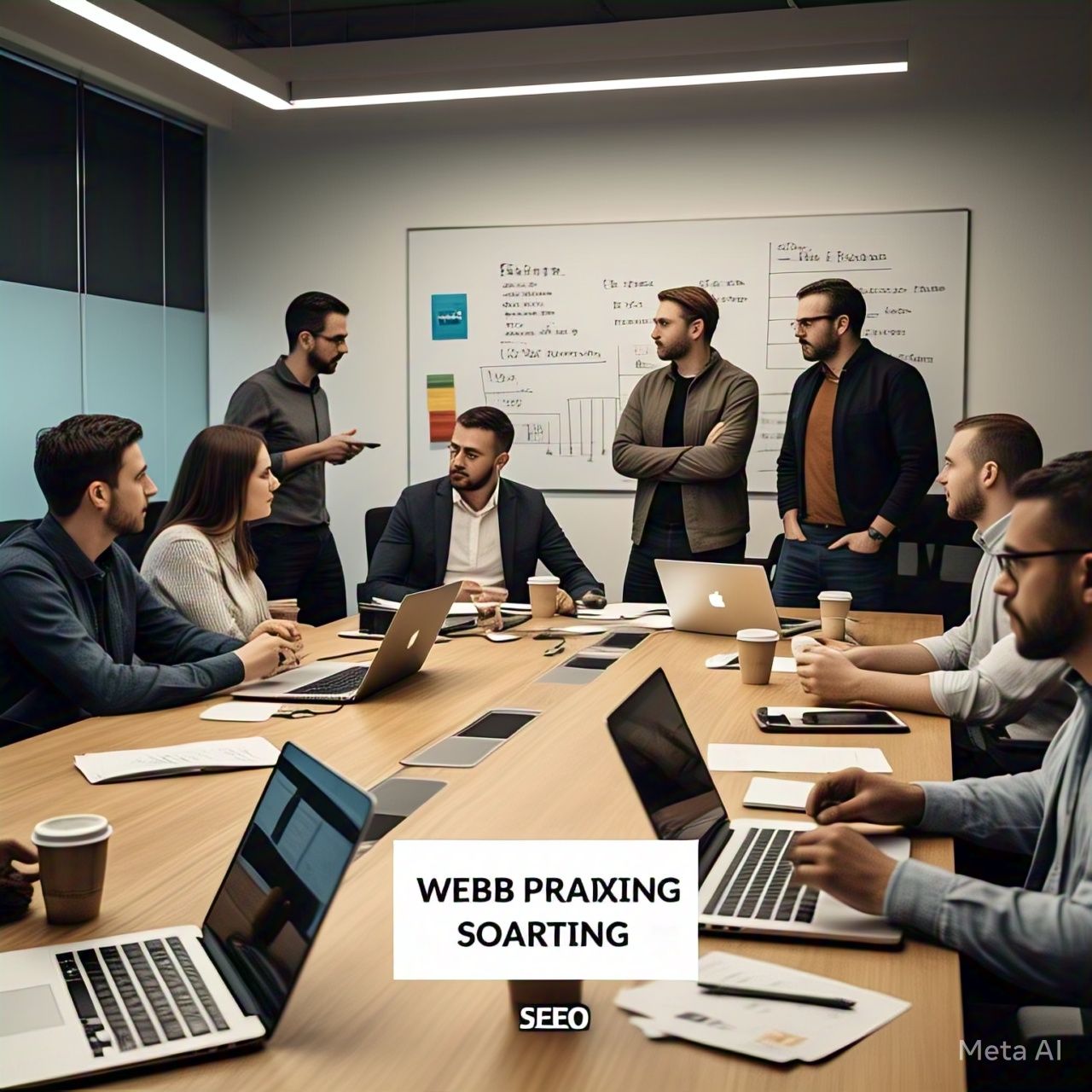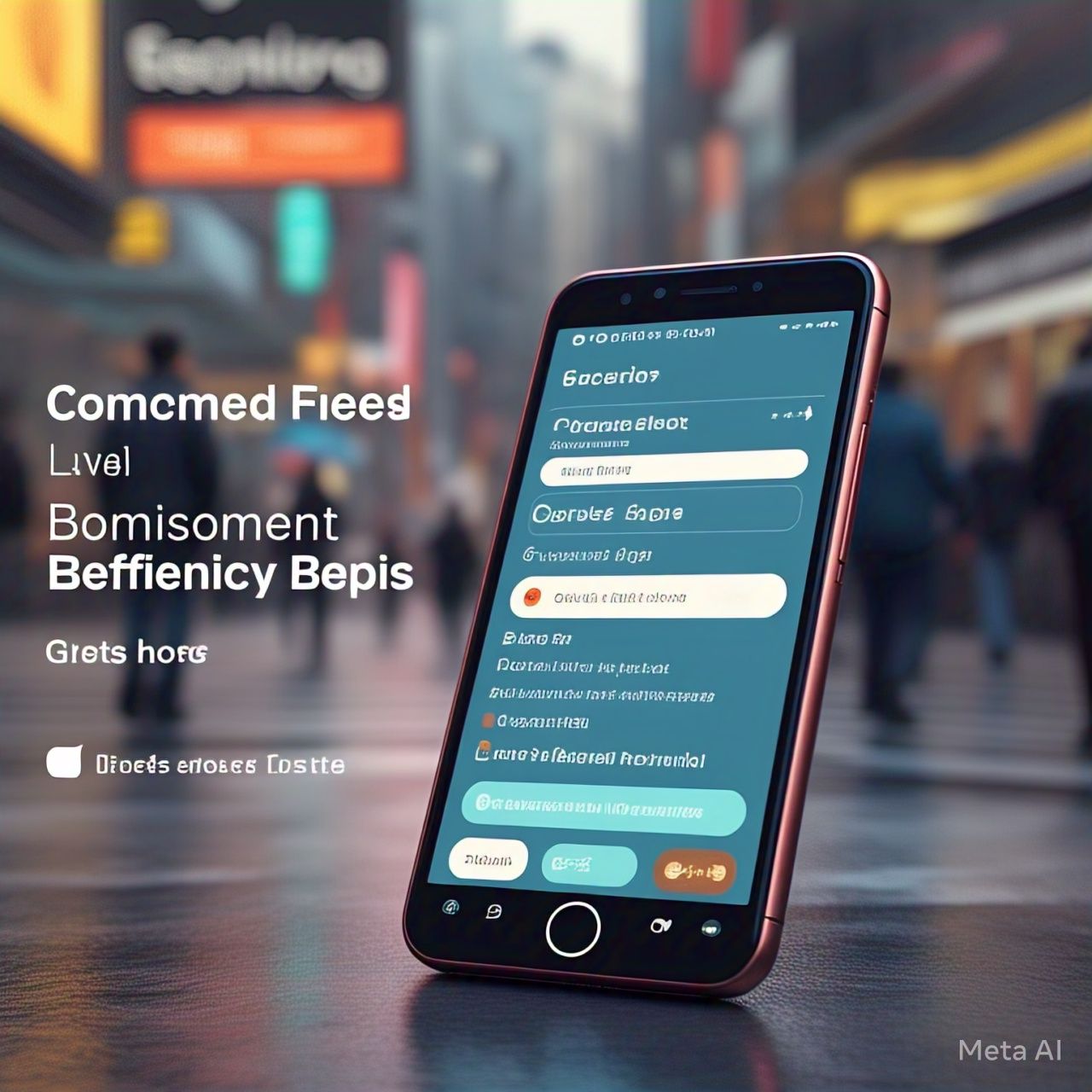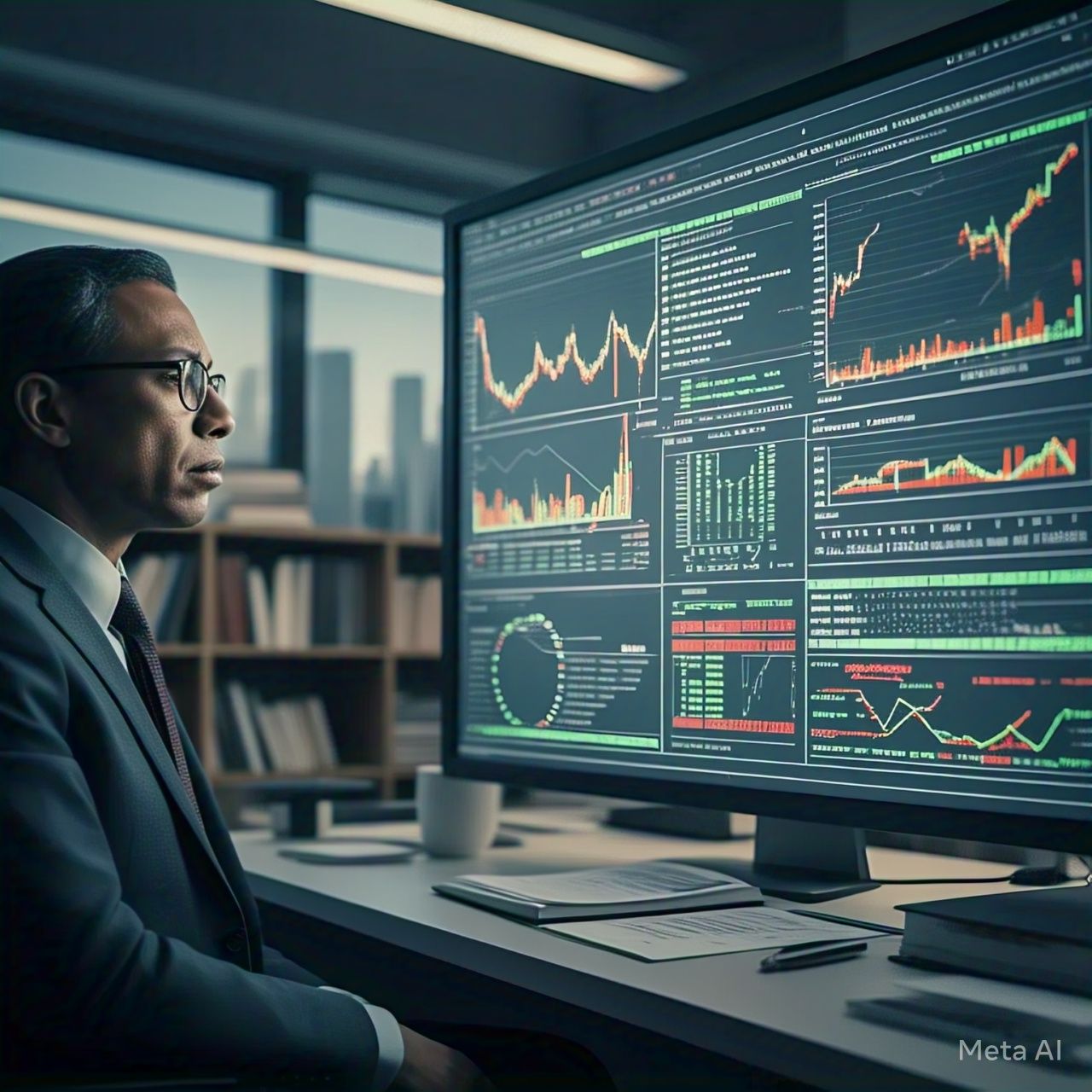Table of Contents
- Introduction
- What Are Cognitive Biases?
- The Science Behind Cognitive Biases
- Common Types of Cognitive Biases
- Confirmation Bias
- Anchoring Bias
- Availability Heuristic
- Dunning-Kruger Effect
- Hindsight Bias
- How Cognitive Biases Affect Daily Life
- Decision-Making
- Relationships
- Financial Choices
- Workplace Productivity
- Cognitive Biases in the Digital Age
- How to Recognize and Overcome Cognitive Biases
- The Role of Cognitive Biases in Society and Culture
- Conclusion
- FAQs
- References
1. Introduction
Have you ever made a decision and later wondered, “What was I thinking?” The truth is, our minds are not always as rational as we like to believe. Cognitive biases—systematic patterns of deviation from norm or rationality in judgment—shape many of our everyday thoughts and decisions. Understanding these biases can help us make better choices, foster better relationships, and enhance our self-awareness.
2. What Are Cognitive Biases?
Cognitive biases are mental shortcuts or heuristics that the brain uses to process information quickly. While they can be helpful in allowing us to make quick decisions without expending much mental energy, they often lead to errors in judgment.
The term “cognitive bias” was first introduced by psychologists Amos Tversky and Daniel Kahneman in the 1970s. Their research demonstrated how human decisions often violate the rules of probability and logic (Tversky & Kahneman, 1974).
3. The Science Behind Cognitive Biases
Our brains are wired for efficiency. We are constantly bombarded with information—much more than we can consciously process. To deal with this, we rely on cognitive shortcuts, which often sacrifice accuracy for speed.
Cognitive biases arise from:
- Limited attention: We can’t focus on everything at once.
- Memory constraints: Our recall isn’t always reliable.
- Emotional influences: Feelings often color our judgment.
From an evolutionary standpoint, these biases were beneficial because they allowed for quick decision-making in survival situations. However, in modern times, they can lead to skewed perceptions and poor decisions.
4. Common Types of Cognitive Biases
4.1 Confirmation Bias
This bias leads us to search for, interpret, and remember information that confirms our pre-existing beliefs. For example, if you believe a certain diet works, you may only notice articles or testimonials supporting that view while ignoring evidence to the contrary.
4.2 Anchoring Bias
Anchoring occurs when individuals rely too heavily on the first piece of information (the “anchor”) they receive. For example, if the first car you see is priced at $30,000, you might perceive a $25,000 car as a bargain—even if it isn’t.
4.3 Availability Heuristic
This bias involves overestimating the importance of information that is most readily available. After watching news reports about airplane crashes, you might think flying is more dangerous than it statistically is.
4.4 Dunning-Kruger Effect
This occurs when people with limited knowledge or ability overestimate their competence. Conversely, those with high competence may underestimate their abilities.
4.5 Hindsight Bias
Also known as the “knew-it-all-along” effect, hindsight bias makes events seem more predictable after they have occurred. For instance, after a football game, you might claim you “knew” a team was going to win, even if you weren’t certain beforehand.
5. How Cognitive Biases Affect Daily Life
5.1 Decision-Making
Cognitive biases can lead to poor decisions, such as ignoring evidence that contradicts our beliefs or making impulsive purchases based on emotional reasoning rather than facts.
5.2 Relationships
In relationships, biases like the fundamental attribution error—attributing others’ actions to their character rather than external factors—can cause misunderstandings and conflicts.
5.3 Financial Choices
Biases like loss aversion—the tendency to prefer avoiding losses over acquiring equivalent gains—can lead investors to make overly conservative or risky decisions.
5.4 Workplace Productivity
At work, groupthink can stifle creativity. Teams may prioritize consensus over critical evaluation, often resulting in suboptimal outcomes.
6. Cognitive Biases in the Digital Age
The rise of social media and algorithm-driven content delivery amplifies cognitive biases.
- Echo chambers reinforce confirmation bias, where users are exposed only to viewpoints they already agree with.
- Clickbait headlines exploit the availability heuristic, making rare but sensational events seem common.
- Fake news and misinformation prey on our cognitive vulnerabilities, making it crucial to develop critical thinking skills.
7. How to Recognize and Overcome Cognitive Biases
Recognizing biases is the first step toward mitigating their effects.
Practical Tips:
- Pause before making decisions to allow time for reflection.
- Seek out diverse perspectives to counteract echo chambers.
- Fact-check information from reliable sources.
- Use decision-making frameworks, such as pros and cons lists or SWOT analyses.
Cognitive Behavioral Techniques:
- Mindfulness helps increase awareness of automatic thought patterns.
- Cognitive restructuring can help reframe biased thoughts.
By actively questioning our assumptions, we can reduce the impact of biases on our decisions.
8. The Role of Cognitive Biases in Society and Culture
Cognitive biases don’t just affect individuals—they shape cultures and societies.
- Stereotyping and prejudice often stem from biases like the availability heuristic and confirmation bias.
- Political polarization can be exacerbated by groupthink and in-group biases.
- Marketing and advertising strategies often exploit biases like scarcity (creating a sense of urgency) or social proof (showing that others have already made a purchase).
Understanding these dynamics is key to building a more informed and empathetic society.
9. Conclusion
Cognitive biases are deeply embedded in how we think, feel, and act. While they evolved to help us navigate complex environments, in today’s world, they can hinder rational decision-making and reinforce negative patterns. By recognizing these mental shortcuts, we can work towards clearer, fairer, and more rational thinking.
10. FAQs
Q1: What is the most common cognitive bias?
Confirmation bias is considered the most common. People naturally tend to seek out information that aligns with their existing beliefs, ignoring contradictory evidence.
Q2: Are cognitive biases always harmful?
Not necessarily. In some situations, biases can lead to faster decision-making, which is useful in time-sensitive or high-pressure situations.
Q3: How can I become more aware of my own biases?
Regular self-reflection, seeking feedback from others, and practicing mindfulness can help increase awareness of cognitive biases.
Q4: Do cognitive biases affect experts and professionals?
Yes, even experts are susceptible to cognitive biases, although they may be more aware of them and take steps to mitigate their influence.
Q5: Can cognitive biases be eliminated?
It’s unlikely to eliminate them entirely because they are rooted in human cognition. However, awareness and critical thinking can significantly reduce their impact.
11. References
Nickerson, R. S. (1998). “Confirmation Bias: A Ubiquitous Phenomenon in Many Guises.” Review of General Psychology, 2(2), 175–220.
Tversky, A., & Kahneman, D. (1974). “Judgment under Uncertainty: Heuristics and Biases.” Science, 185(4157), 1124–1131. https://doi.org/10.1126/science.185.4157.1124
Kahneman, D. (2011). Thinking, Fast and Slow. Farrar, Straus and Giroux.
Ariely, D. (2008). Predictably Irrational: The Hidden Forces That Shape Our Decisions. HarperCollins.




